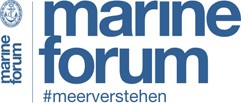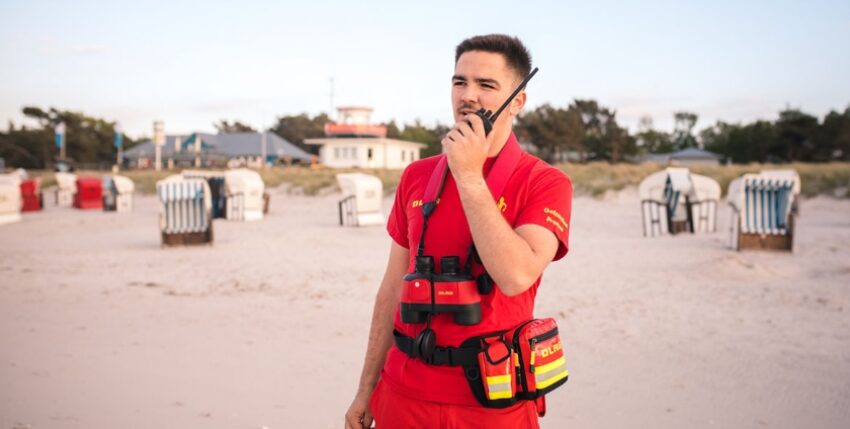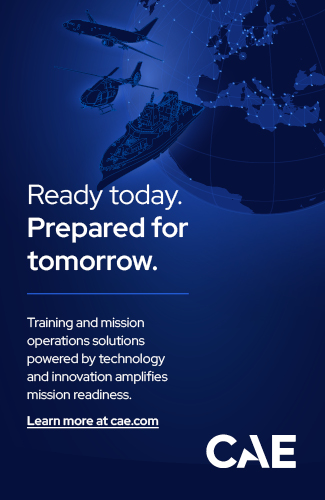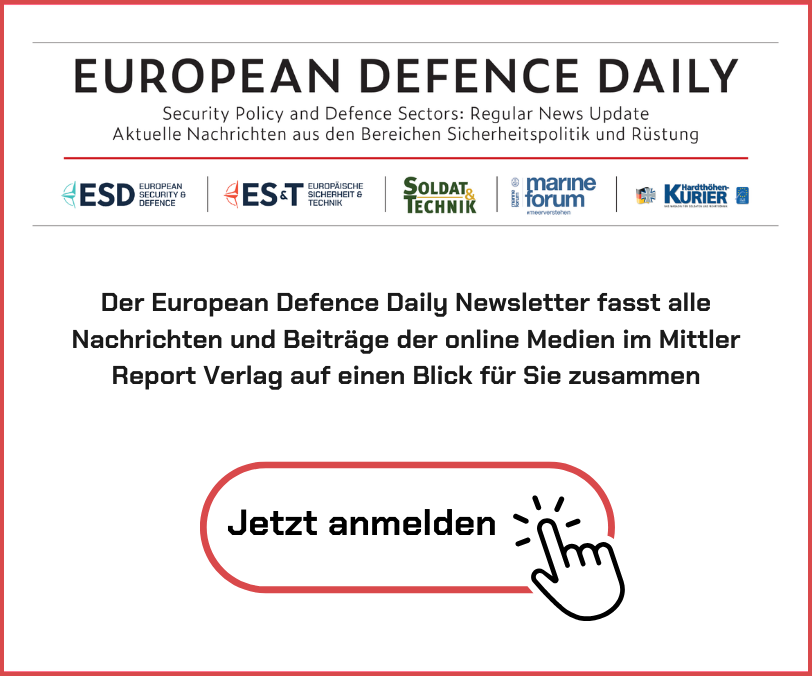The digitalisation of communication does not stop at civilian rescue services. For the DLRG, this means replacing 7,000 radios.
Communication in action has always played a central role at the German Life Saving Association (DLRG). As early as the 1980s, the DLRG relied on analogue company radios in order to be able to communicate reliably and comprehensively in water rescue services, for example. Over the years, the network of analogue radios grew. With increasing technological and regulatory requirements, it became clear that this technology was reaching its limits. Since 2019 Hence the transition from analogue to digital radio - a complex project that is now entering its final phase.
The decision to switch the DLRG mobile radio service to a digital basis with a channel spacing of 20 kilohertz and then 12.5 kilohertz was significantly influenced by the specifications of the Federal Network Agency. As part of the "digital dividend", the Federal Network Agency is reorganising the two-metre band for professional radio by the end of 2028 and expanding the number of participants with the same frequency ranges. For the DLRG, the switch to digital radio was therefore unavoidable. The regulatory requirements ensure the long-term allocation of future radio frequencies and protect the organisation from future usage restrictions.
Digital mobile radio (DMR for short) has numerous technical advantages. One of the most important is the significantly better voice quality and range. Digital transmission almost completely eliminates the interference noise that often occurs in analogue radio, so that clear communication is possible even under difficult conditions. DMR also allows more flexible use of frequencies and more efficient utilisation of bandwidth.
Another advantage of digital technology is the possibility of data transmission. Emergency services can use digital radio to transmit not only voice information, but also position data and text messages, which improves operational coordination and enables faster responses. Digital radio also has advantages in terms of security: Communication can be encrypted so that sensitive information is protected from unauthorised access.
However, DMR technology not only offers better voice quality and the possibility of data transmission, but also increased flexibility. It can work with both analogue and digital channels, which facilitates the transition between the two systems. This is particularly important as the DLRG cannot completely replace analogue radio immediately and a transition phase is therefore necessary.
Another technical advantage of DMR technology is the so-called dual-time signal transmission. This means that two calls can be made simultaneously via one channel, which is particularly advantageous for larger operations. Network coverage is also improved through the use of repeaters to extend the network over greater distances.
The technical changeover period began in mid-October and is expected to last until mid-April 2025. During this phase, all 2,000 DLRG organisations will be equipped with the new devices and the frequency changeover will be completed. This process will be accompanied by training courses in which volunteers will be trained in the operation and programming of the new radios.
Despite the challenge, it is clear that digital radio adds an important dimension to DLRG communication. Increased interlinking of voice and data, greater mobility, increased safety and more efficient utilisation of frequencies can have a particular impact on the day-to-day work of rescue teams. This makes all the difference in emergency situations such as floods.
For the nationwide switch to digital radio and to replace around 7000 (then obsolete) radios. The more than 600,000 members of the DLRG work almost exclusively on a voluntary basis and sacrifice their free time for the safety of society in, around and on the water. The organisation is financed almost entirely from donations and is therefore dependent on the support of private donations, particularly in view of the radio switchover. The DLRG welcomes any help. More information at www.dlrg.de.
Martin Holzhause is head of the press office of the German Lifesaving Society.
Martin Holzhause










